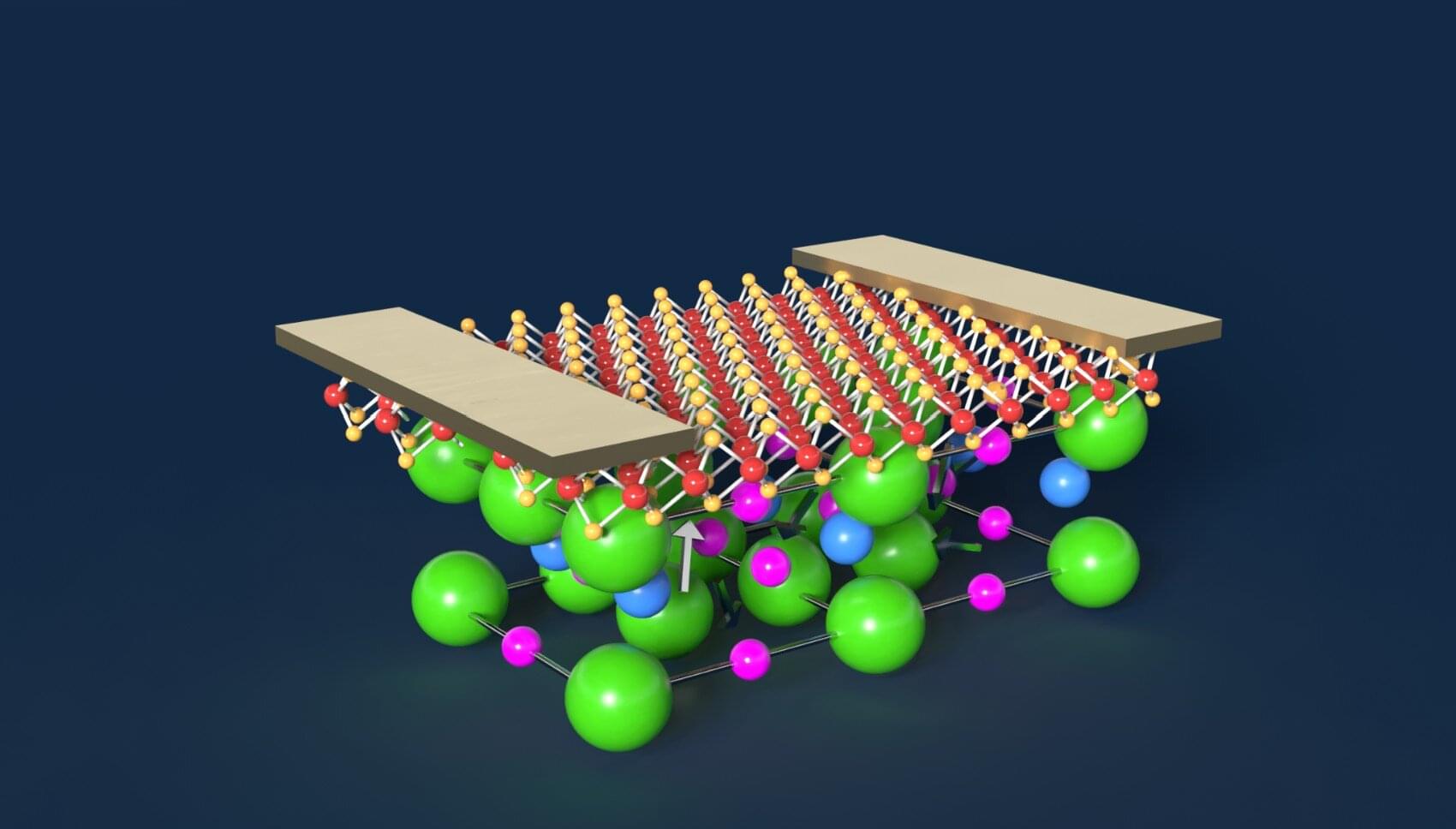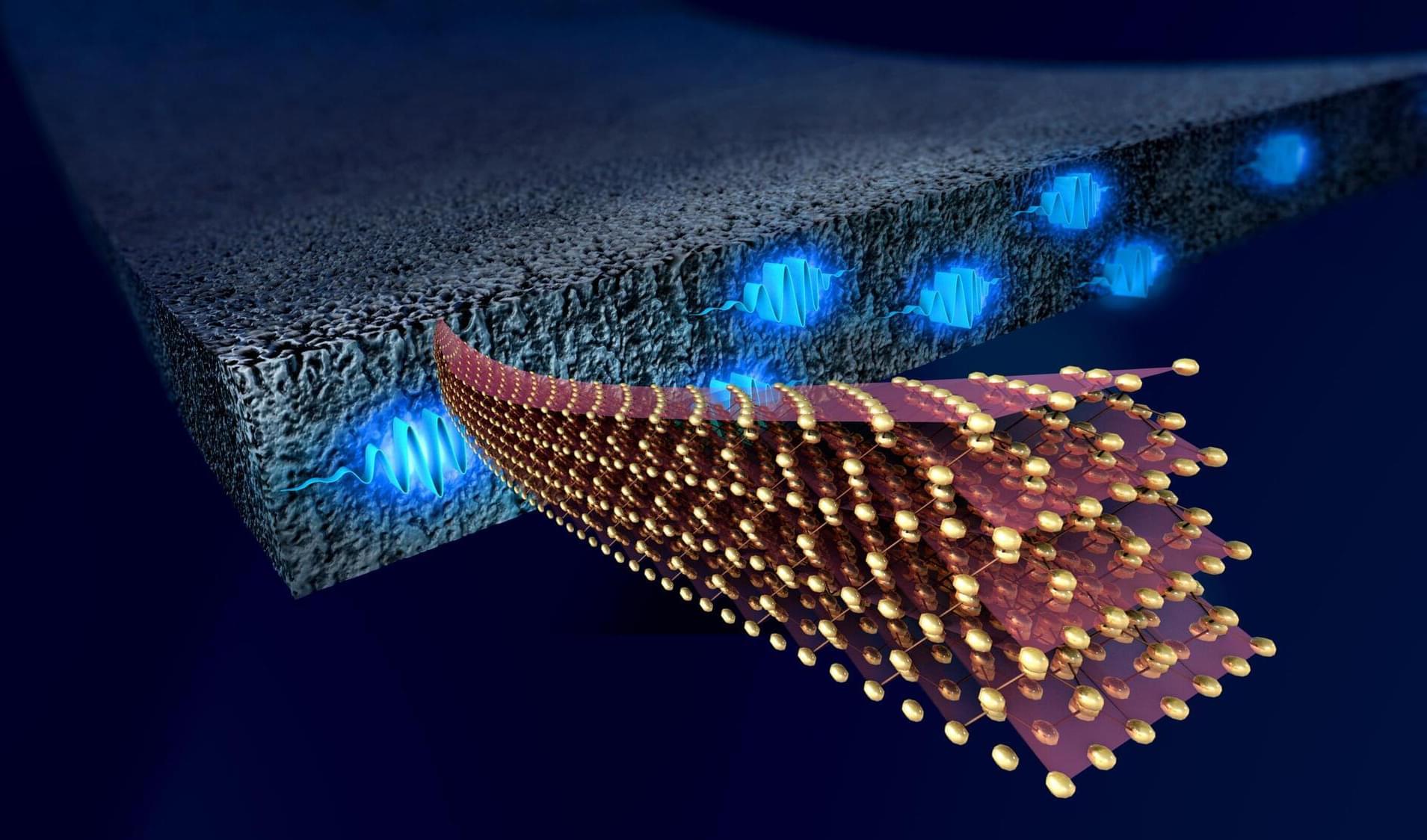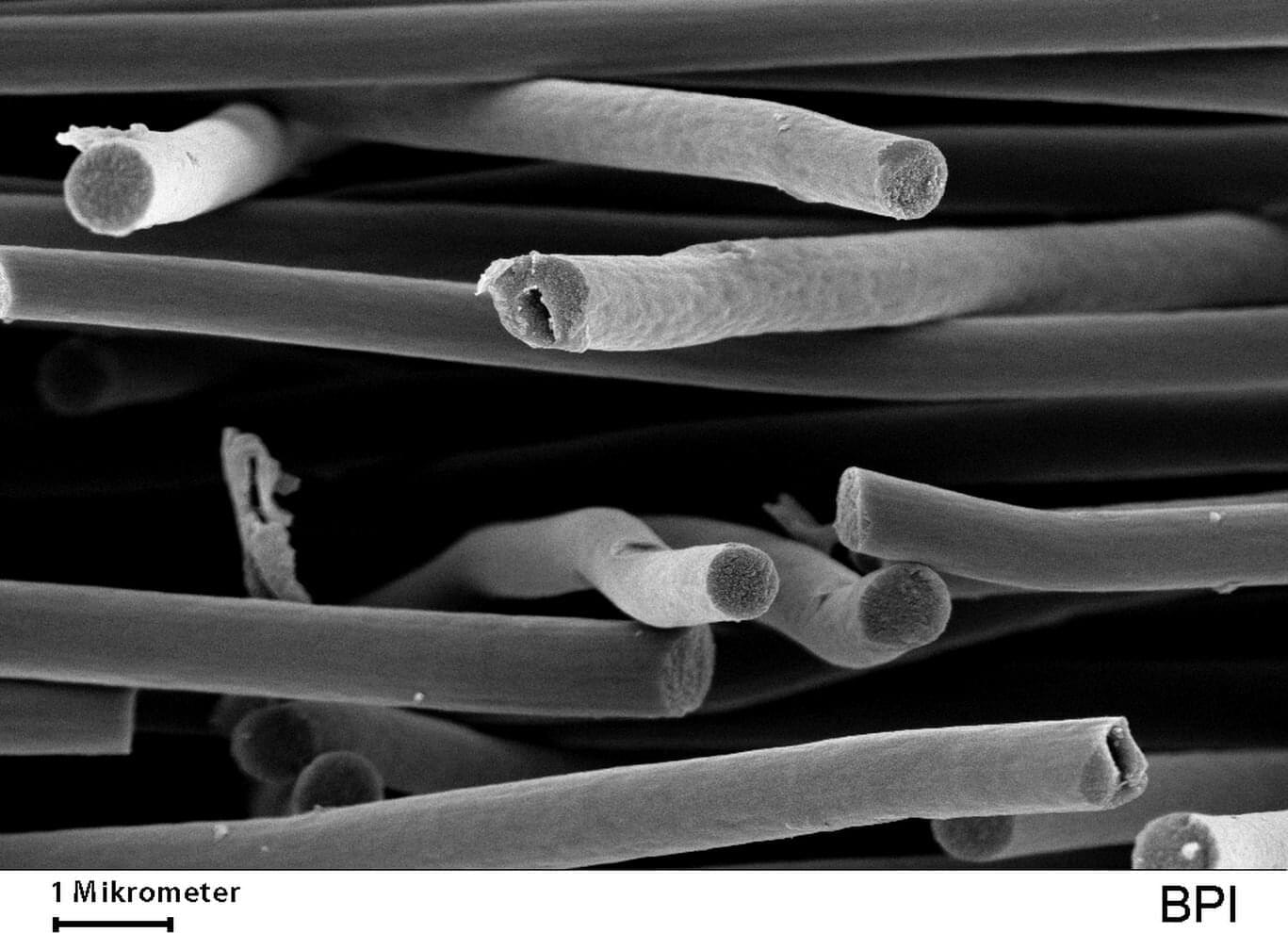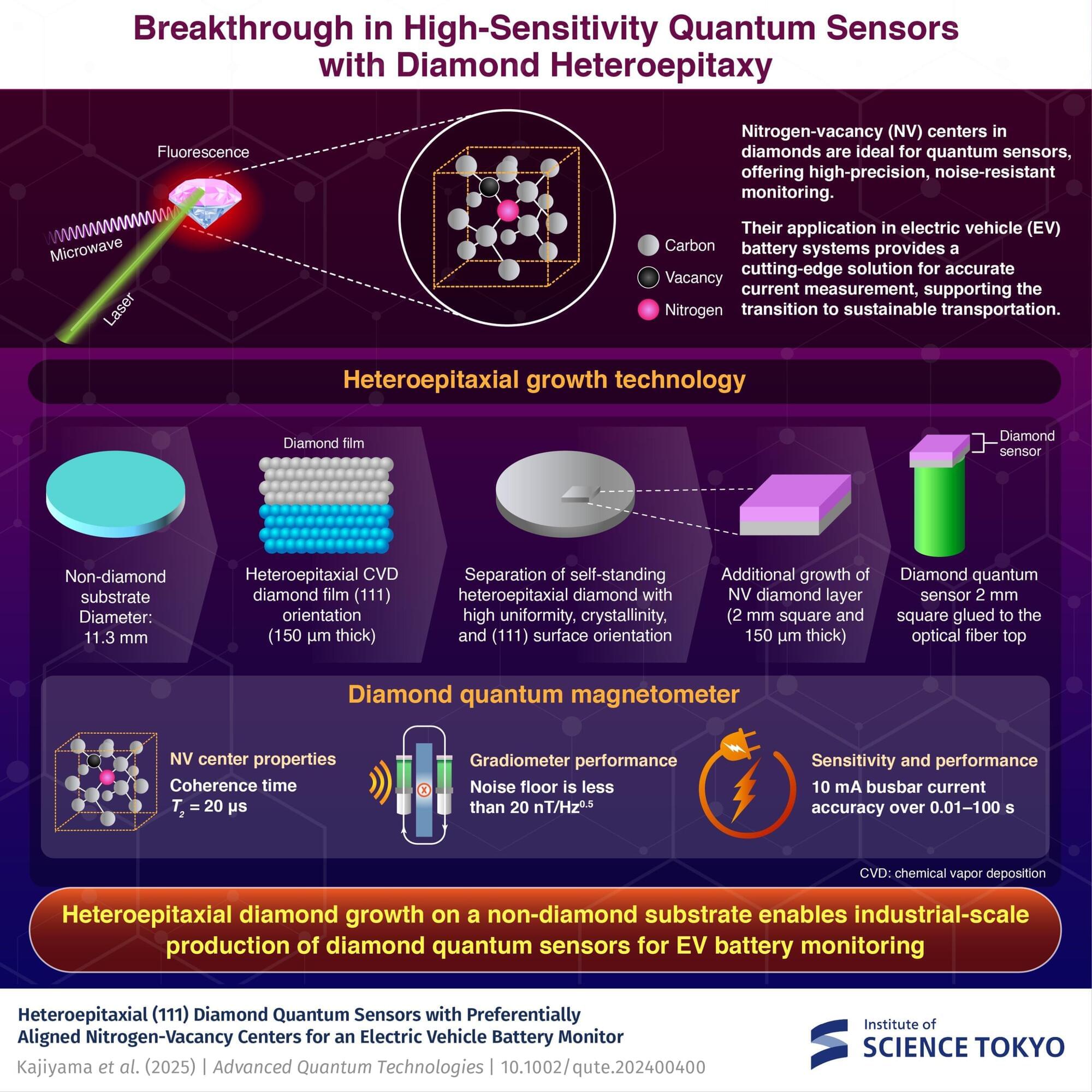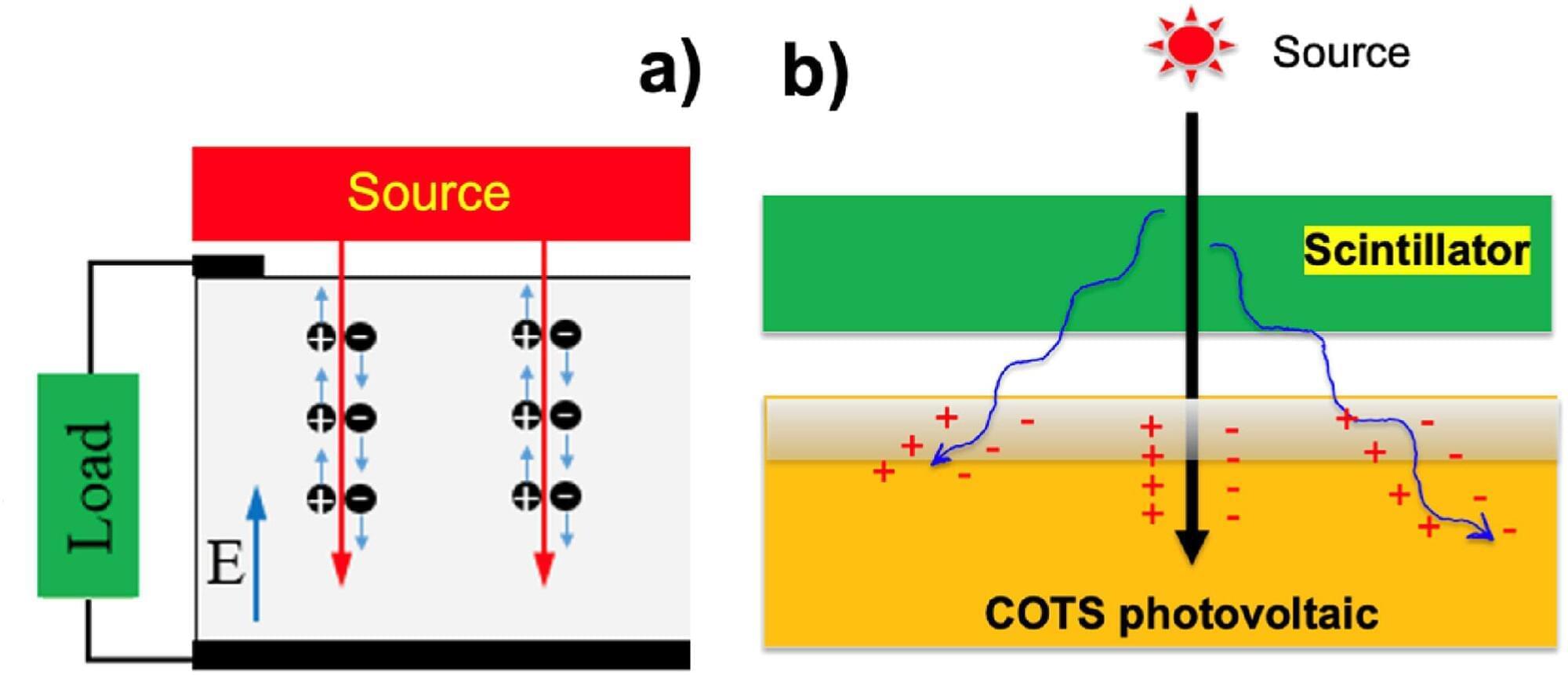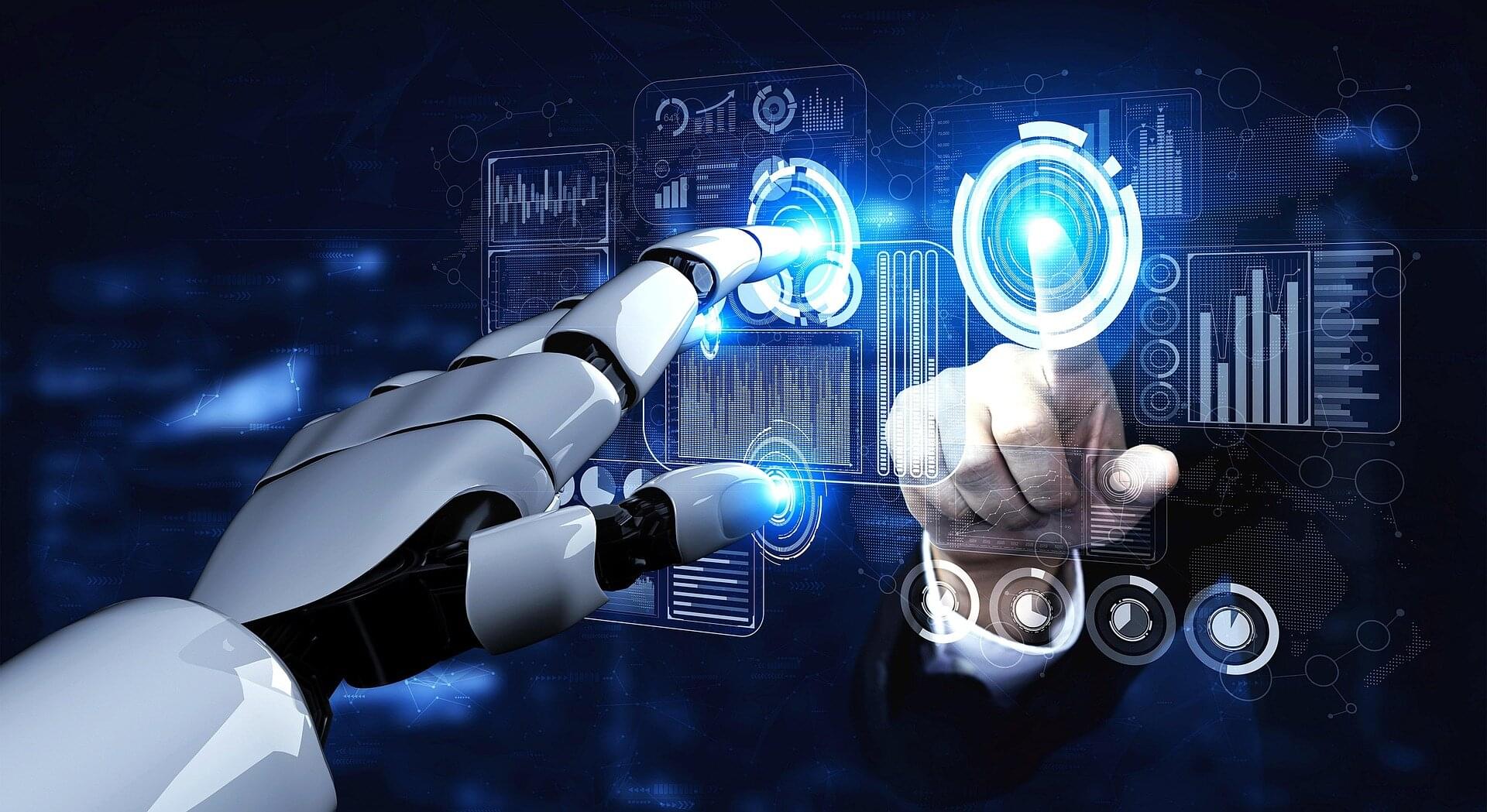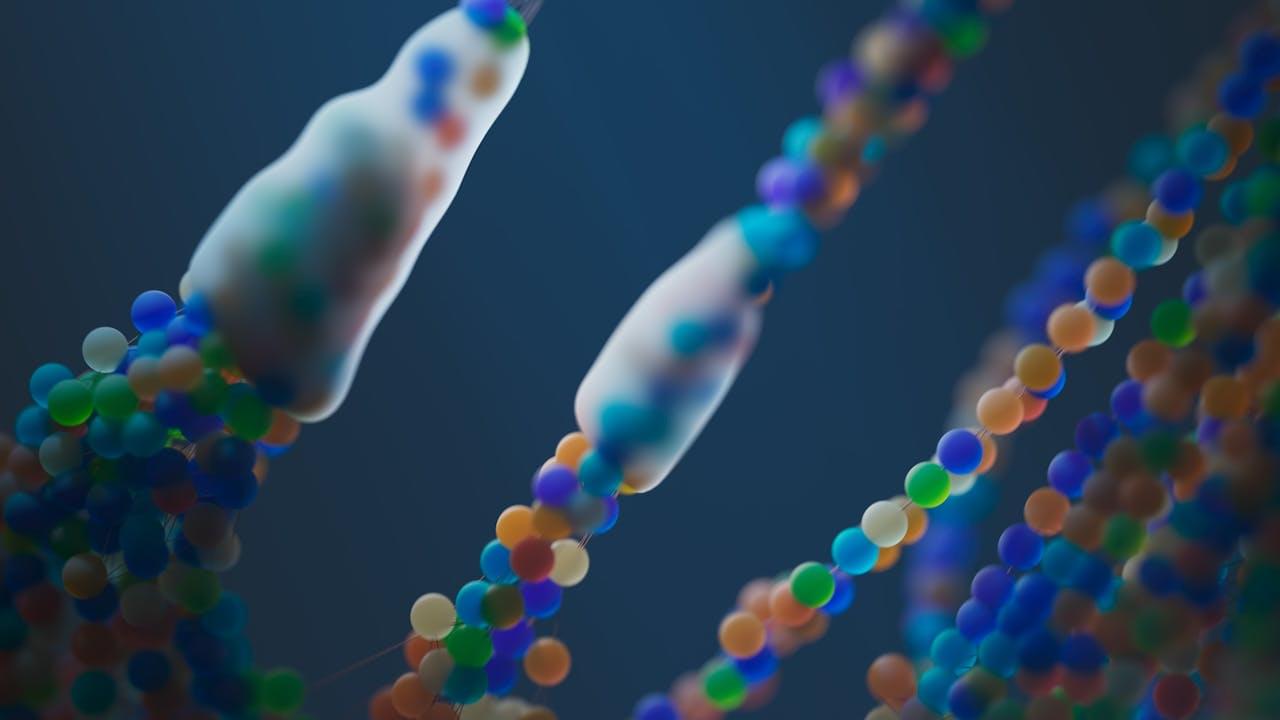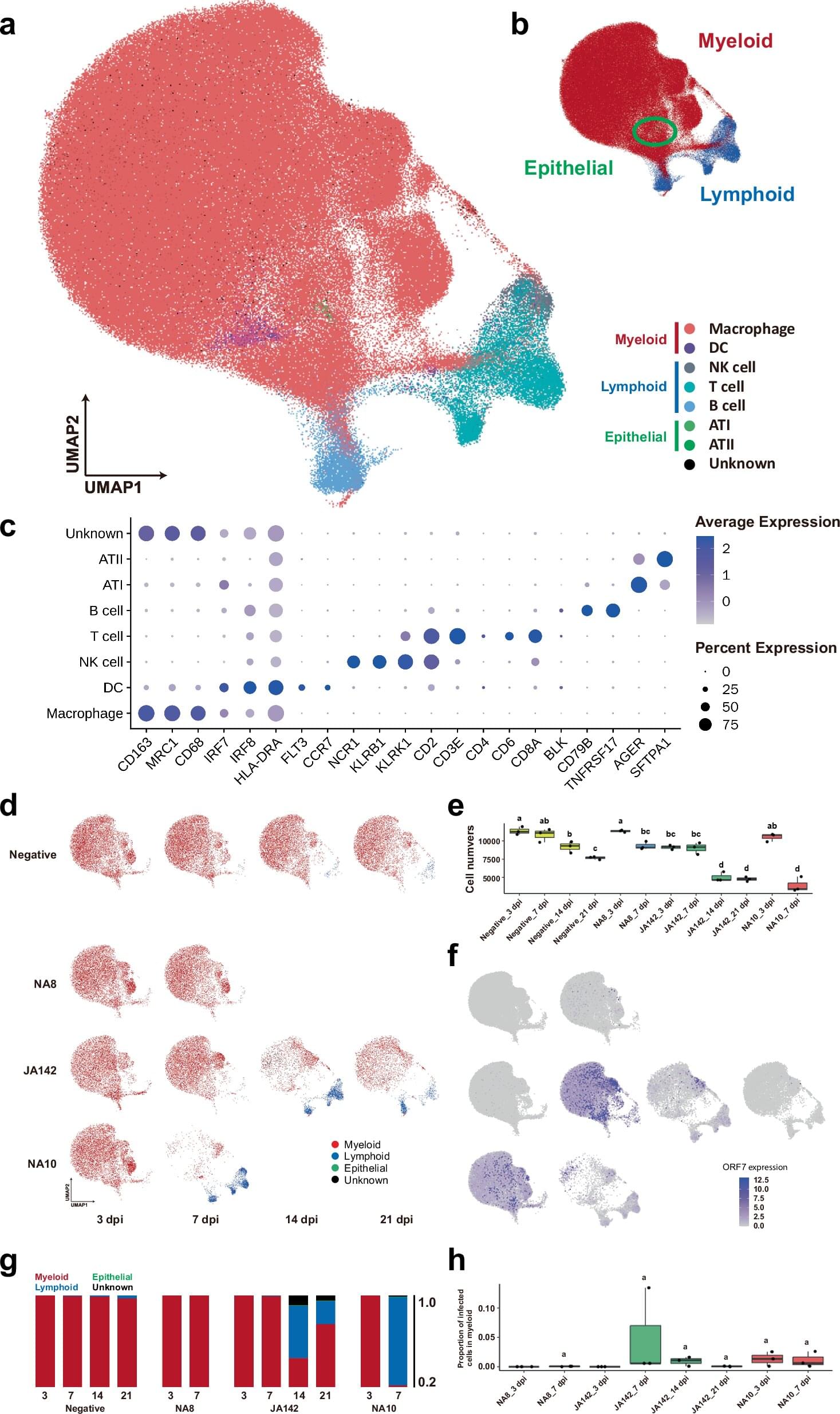Scientists at Penn State have harnessed a unique property called incipient ferroelectricity to create a new type of computer memory that could revolutionize how electronic devices work, such as using much less energy and operating in extreme environments like outer space.
They published their work, which focuses on multifunctional two-dimensional field-effect transistors (FETs), in Nature Communications. FETs are advanced electronic devices that use ultra-thin layers of materials to control electrical signals, offering multiple functions like switching, sensing or memory in a compact form.
They are ferroelectric-like, meaning the direction of their electric conduction can be reversed when an external electric field is applied to the system. FETs are essential in computing, since the ferroelectric-like property allows them to shift signals.
